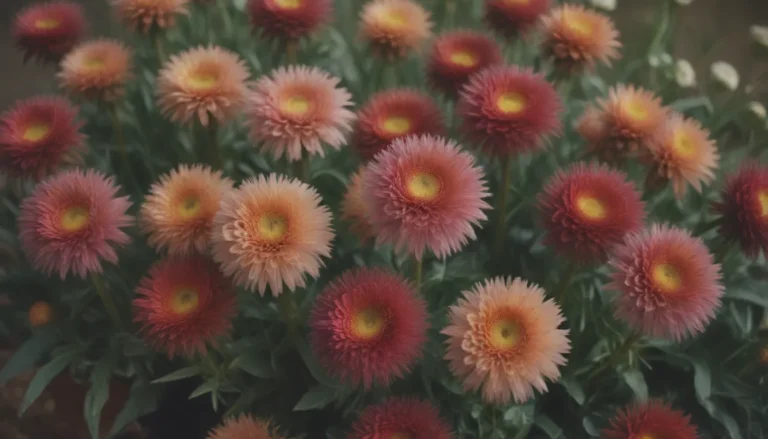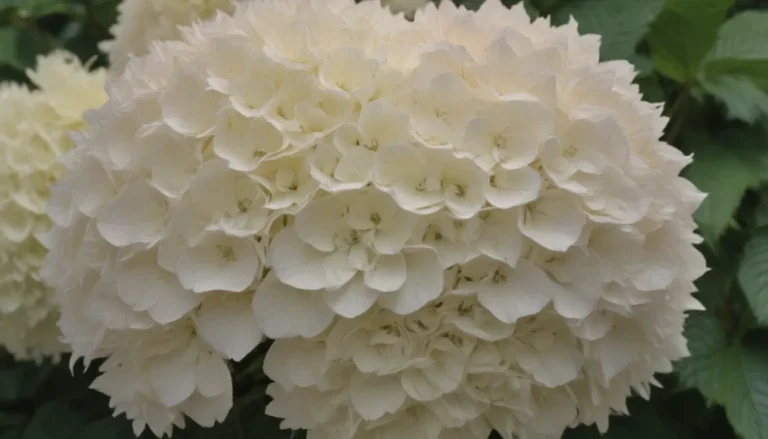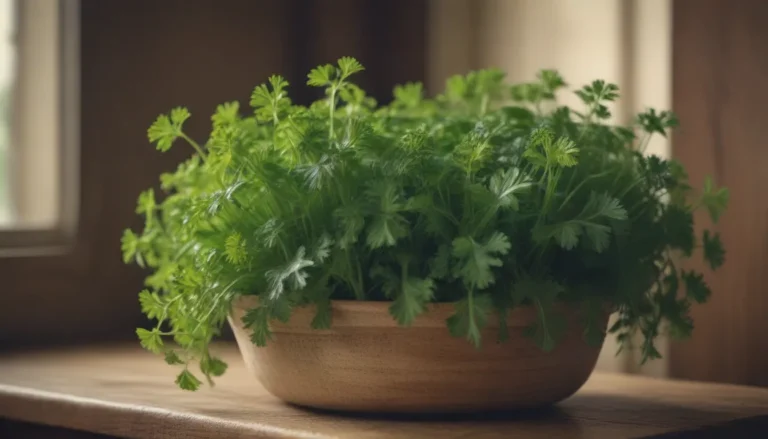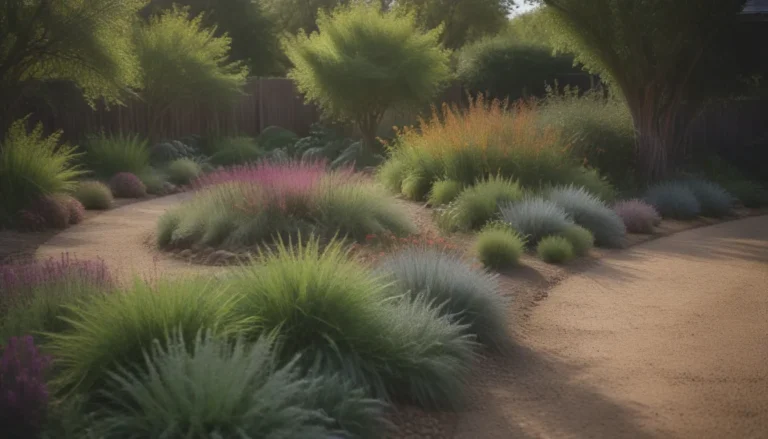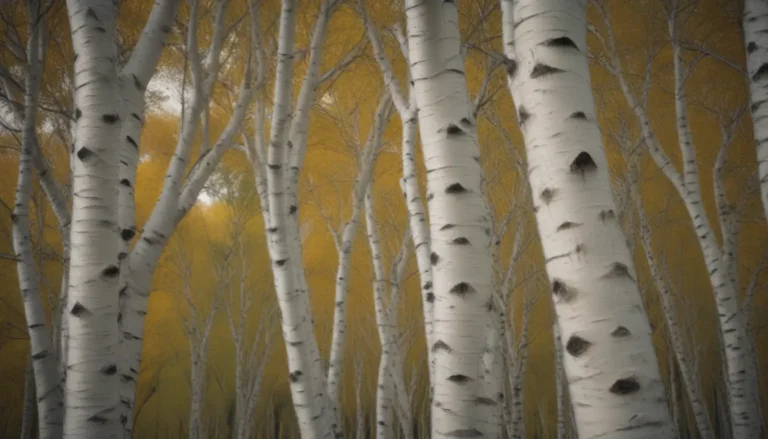The Dangers of Invasive Plants: What You Need to Know
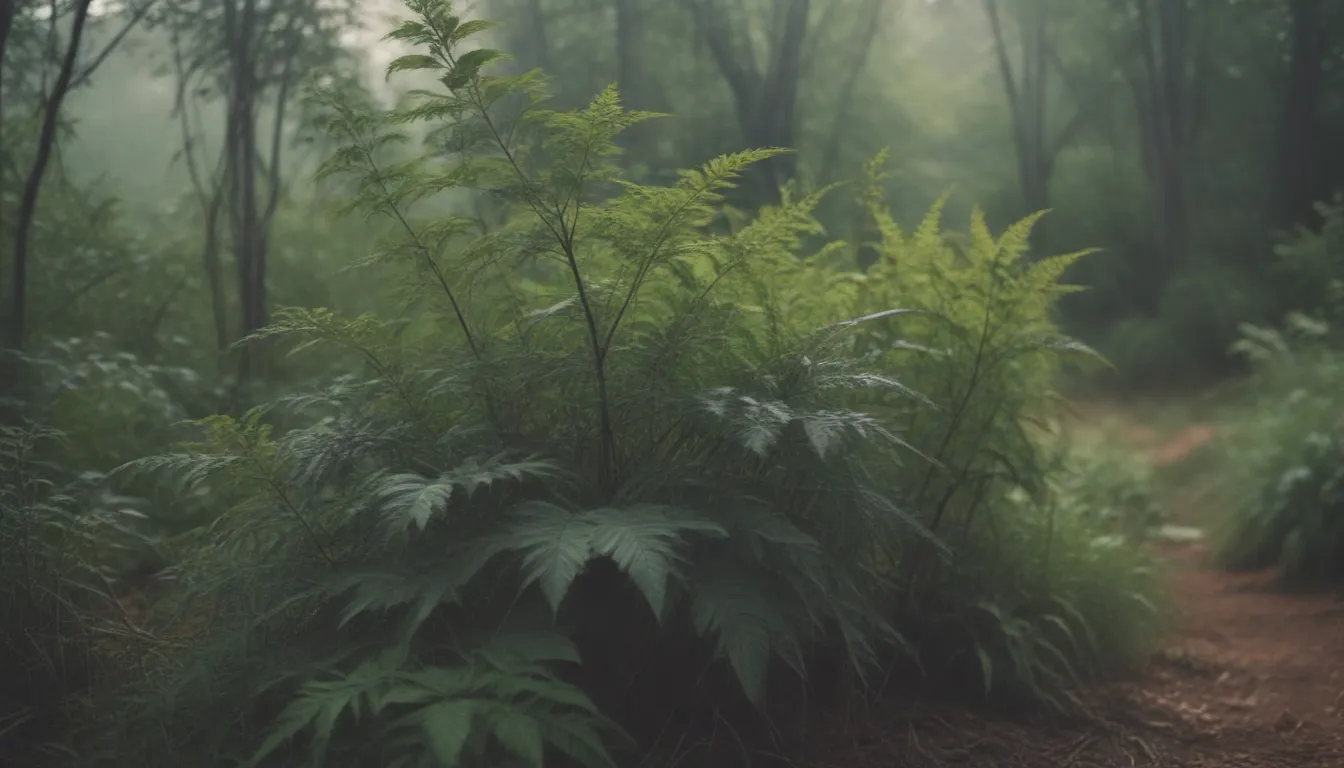
Invasive plants are a serious threat to ecosystems around the world. These non-native species can quickly take over an area, outcompeting native plants and disrupting the balance of the local environment. Invasive plants can cause economic, environmental, and biological harm, making them a top priority for international, federal, and state officials. This article will explore 16 common invasive plants that you should avoid planting in your garden or landscape.
What Makes a Plant Invasive?
An invasive plant is a non-native species that grows aggressively and spreads rapidly, often outcompeting native plants. These plants can be beautiful, with attractive flowers and foliage, but their invasive nature makes them difficult to control. Invasive plants can cause a range of problems, from crowding out native species to degrading wildlife habitats and water quality.
The 16 Most Common Invasive Plants
Here is a list of 16 invasive plants that you should be aware of:
- Oriental Bittersweet: This vine can take over your woodland garden, outcompeting other plants.
- Chinese Wisteria: A fast-growing vine that can become a serious problem in warmer climates.
- English Ivy: A vigorous ground cover that can escape cultivation and become invasive.
- Sweet Autumn Clematis: This plant can overwhelm a landscape, especially in the East and lower Midwest.
- Bugleweed or Ajuga: A popular ground cover that can become thuggish and take over a garden.
- Barberry: Two types of barberry shrubs that have become invasive in many parts of North America.
- Burning Bush: A beautiful but dangerously invasive plant across much of the northern United States.
- Lantana: A pretty plant that can naturalize and become invasive in warmer climates.
- Butterfly Bush: A popular choice for attracting butterflies, but can become invasive in certain regions.
- Common Privet: A common hedge plant that can easily escape cultivation and become naturalized.
- Norway Maple Tree: An invasive tree species that can spread easily and naturalize in new environments.
- Japanese Knotweed: A clumping perennial plant that is considered invasive in every state.
- Kudzu: A vine that has earned the nickname “the vine that ate the South” due to its invasive nature.
- Tansy: An herb with toxic properties that can take over land if left unchecked.
- Purple Loosestrife: A plant that invades wetlands and chokes out native species.
- Japanese Honeysuckle: A fast-growing vine that can become invasive if not kept in check.
How to Identify and Control Invasive Plants
It’s important to be able to identify invasive plants so that you can take steps to control and eradicate them from your garden or landscape. Contact your local extension office for help identifying invasive species in your area and for guidance on how to manage them effectively.
When dealing with invasive plants, it’s essential to use environmentally friendly methods of control. Avoid using chemical herbicides whenever possible, as these can harm beneficial insects and pollinators. Instead, consider using methods such as hand-pulling, mulching, and planting native species to outcompete invasive plants.
Why You Should Avoid Invasive Plants
Planting invasive species can have serious consequences for the environment. These plants can disrupt ecosystems, displace native species, and degrade natural habitats. By avoiding invasive plants in your garden and landscape, you can help protect the local environment and promote biodiversity.
In conclusion, it’s essential to be aware of the dangers of invasive plants and take steps to prevent their spread. By educating yourself about invasive species and choosing native plants for your garden, you can help protect the environment for future generations. Remember, when it comes to invasive plants, it’s better to be safe than sorry.
For more information on invasive plants and how to control them, visit your local extension office or check out resources from reputable sources such as the U.S. Department of Agriculture and university extension programs.
Let’s work together to protect our environment from the threats posed by invasive plants. Together, we can make a difference and preserve the natural beauty of our world for generations to come.
